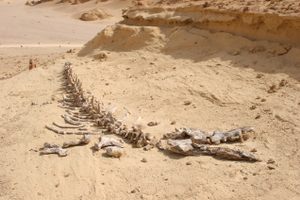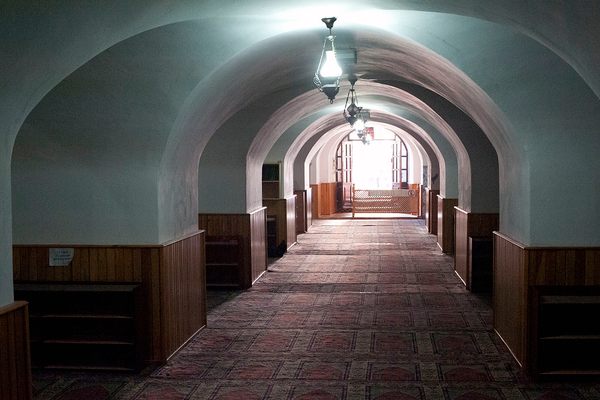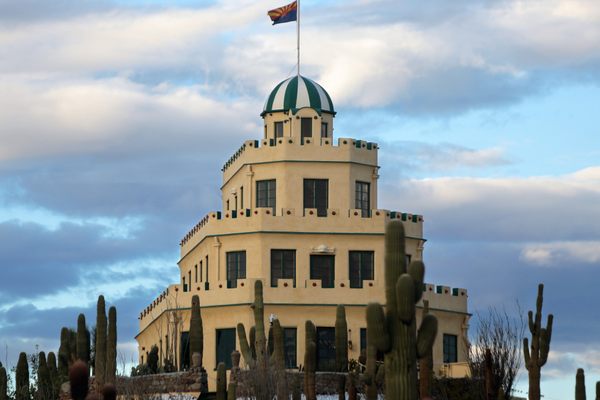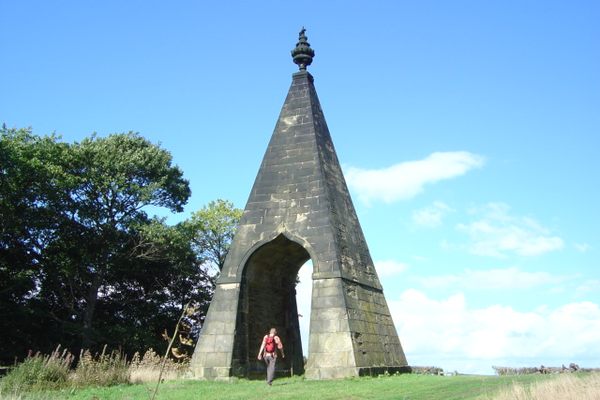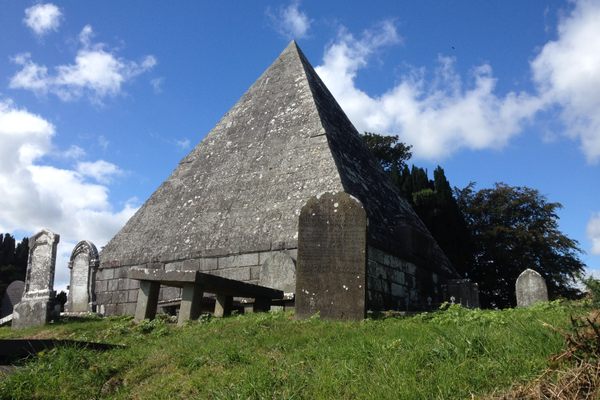About
Egypt is synonymous with its famous block pyramids, but they are not the only pyramids in the country. There are also less photogenic examples of triangular tombs that have not weathered the ages quite so well, like The Pyramid of Senusret II.
Senusret II ruled Egypt during the end of the 1800s BCE. When he died, he was placed in a pyramid tomb like many Egyptian rulers before and since. However Senusret II's tomb, like his father's was a bit of a cheat architecturally. Unlike the pyramids of Giza which were made with limestone blocks, the tomb of Senusret II was made of mud bricks supported by a limestone base. To finish the effect and protect the mud brick insides, the whole structure was encased in an outer layer of limestone.
Was the pyramid left intact, it likely would have survived somewhat better into the modern age, but unfortunately the outer casings were later scavenged by Ramses II for his own monumental purposes, leaving the mud brick exposed to chunk off and fall away over the centuries. But not all was lost, and miraculously the remains of the weaker brick pyramid remain to this day.
Thanks in part to it's limestone interior, the remaining burial chambers managed to remain and began to be investigated in the 1800s (even though they had long since been pillaged by grave robbers). Today the pyramid can still be visited, even if it is not as pretty and popular as it's more postcard-ready brethren.
Related Tags
Treasures of Egypt: Hidden Tombs, Ancient Pyramids & Old Cairo
Explore pyramids, tombs, and local cuisine with your Egyptologist guide.
Book NowCommunity Contributors
Added By
Published
November 3, 2015















